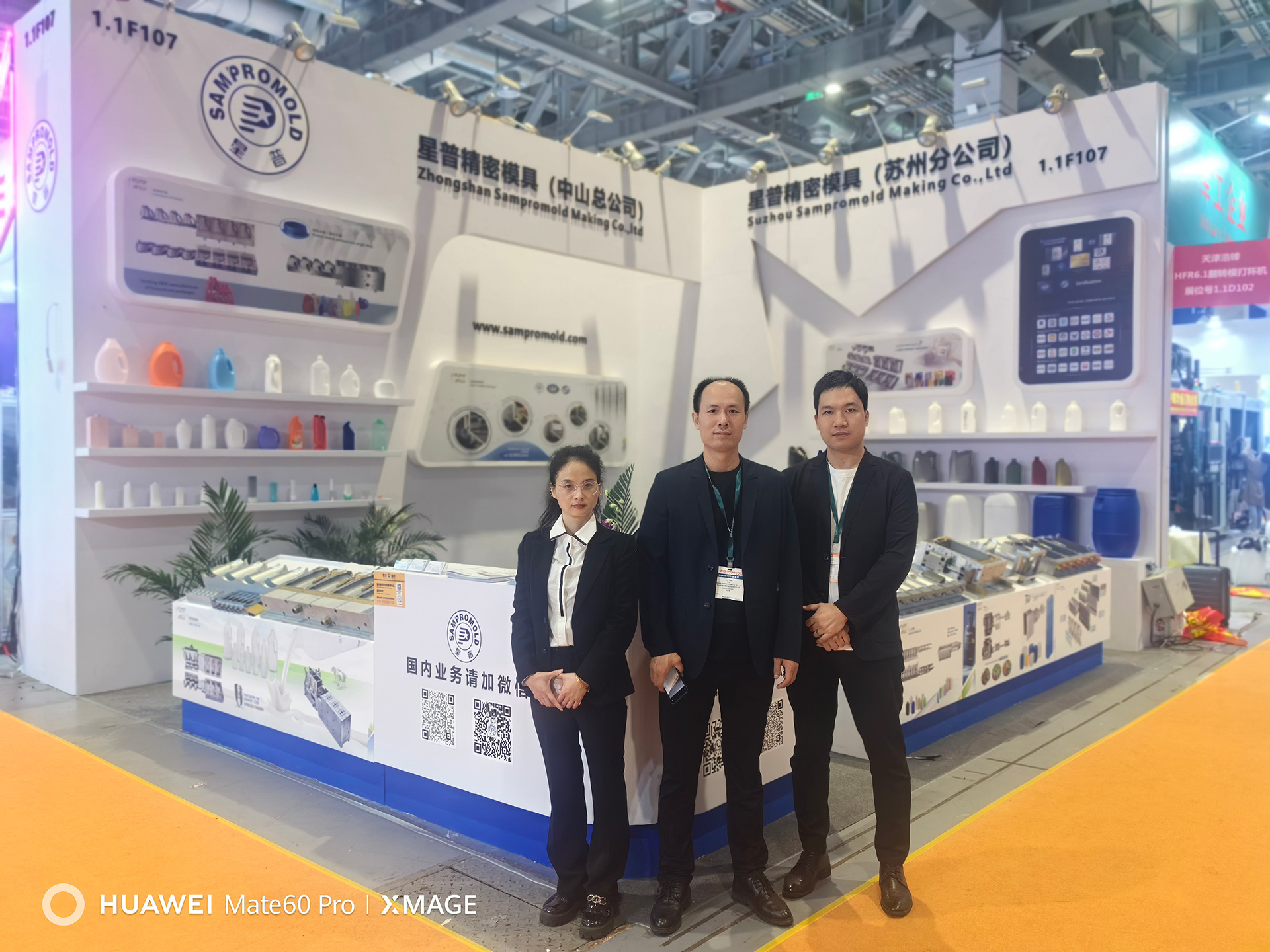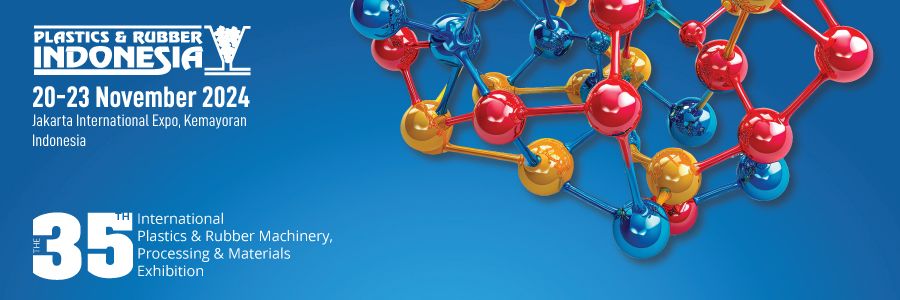Unlocking the Secrets to the Best Polypropylene Injection Molds
Time:
2025-07-01
Polypropylene is one of the most widely used thermoplastic materials in the manufacturing industry, particularly in the production of plastic components through injection molding. When it comes to creating quality polypropylene products, the significance of using the best polypropylene injection mold cannot be overstated. This article explores the critical factors that define a top-tier polypropylene injection mold and how they can influence the efficiency and quality of the molding process.
First and foremost, the design of a polypropylene injection mold plays a pivotal role in determining the success of the injection molding process. A well-designed mold should facilitate optimal flow and cooling of the molten polypropylene, minimizing cycle times and ensuring uniformity in finished products. Key design elements include the mold's geometry, gate design, and cooling channels, all of which must work in harmony to achieve efficient processing.
Material selection for the mold itself is equally important. High-quality steel or aluminum alloys are often preferred due to their durability and ability to withstand the high temperatures and pressures associated with injection molding. Additionally, surface treatments such as nitriding or coating can enhance the mold's longevity, reducing maintenance costs and downtime.
Temperature control is also a critical factor when working with polypropylene. The best polypropylene injection molds are equipped with advanced heating and cooling systems that maintain optimal temperatures throughout the molding cycle. This ensures that the polypropylene flows smoothly into the mold cavity and solidifies evenly, resulting in high-quality parts with minimal defects.
Moreover, the precision of the mold's manufacturing cannot be overlooked. CNC machining and advanced manufacturing techniques are often employed to ensure tight tolerances and surface finishes, which are essential for producing intricate designs and maintaining consistency across batches. Investing in precision manufacturing leads to fewer rejects and greater customer satisfaction.
Another aspect worth mentioning is the importance of choosing a mold that can accommodate different grades of polypropylene. Various formulations of polypropylene are available, each with distinct properties suited for specific applications. The best polypropylene injection molds should be versatile enough to handle these variations, enabling manufacturers to adapt to changing market demands without the need for extensive retooling.
In conclusion, the best polypropylene injection molds are characterized by thoughtful design, quality materials, precise manufacturing, and effective temperature management. By understanding these elements, manufacturers can enhance their production processes, leading to superior products and increased operational efficiency. As you explore your options, consider these factors to ensure that your investment in polypropylene injection molding yields the best possible results.
First and foremost, the design of a polypropylene injection mold plays a pivotal role in determining the success of the injection molding process. A well-designed mold should facilitate optimal flow and cooling of the molten polypropylene, minimizing cycle times and ensuring uniformity in finished products. Key design elements include the mold's geometry, gate design, and cooling channels, all of which must work in harmony to achieve efficient processing.
Material selection for the mold itself is equally important. High-quality steel or aluminum alloys are often preferred due to their durability and ability to withstand the high temperatures and pressures associated with injection molding. Additionally, surface treatments such as nitriding or coating can enhance the mold's longevity, reducing maintenance costs and downtime.
Temperature control is also a critical factor when working with polypropylene. The best polypropylene injection molds are equipped with advanced heating and cooling systems that maintain optimal temperatures throughout the molding cycle. This ensures that the polypropylene flows smoothly into the mold cavity and solidifies evenly, resulting in high-quality parts with minimal defects.
Moreover, the precision of the mold's manufacturing cannot be overlooked. CNC machining and advanced manufacturing techniques are often employed to ensure tight tolerances and surface finishes, which are essential for producing intricate designs and maintaining consistency across batches. Investing in precision manufacturing leads to fewer rejects and greater customer satisfaction.
Another aspect worth mentioning is the importance of choosing a mold that can accommodate different grades of polypropylene. Various formulations of polypropylene are available, each with distinct properties suited for specific applications. The best polypropylene injection molds should be versatile enough to handle these variations, enabling manufacturers to adapt to changing market demands without the need for extensive retooling.
In conclusion, the best polypropylene injection molds are characterized by thoughtful design, quality materials, precise manufacturing, and effective temperature management. By understanding these elements, manufacturers can enhance their production processes, leading to superior products and increased operational efficiency. As you explore your options, consider these factors to ensure that your investment in polypropylene injection molding yields the best possible results.
RELATED NEWS












